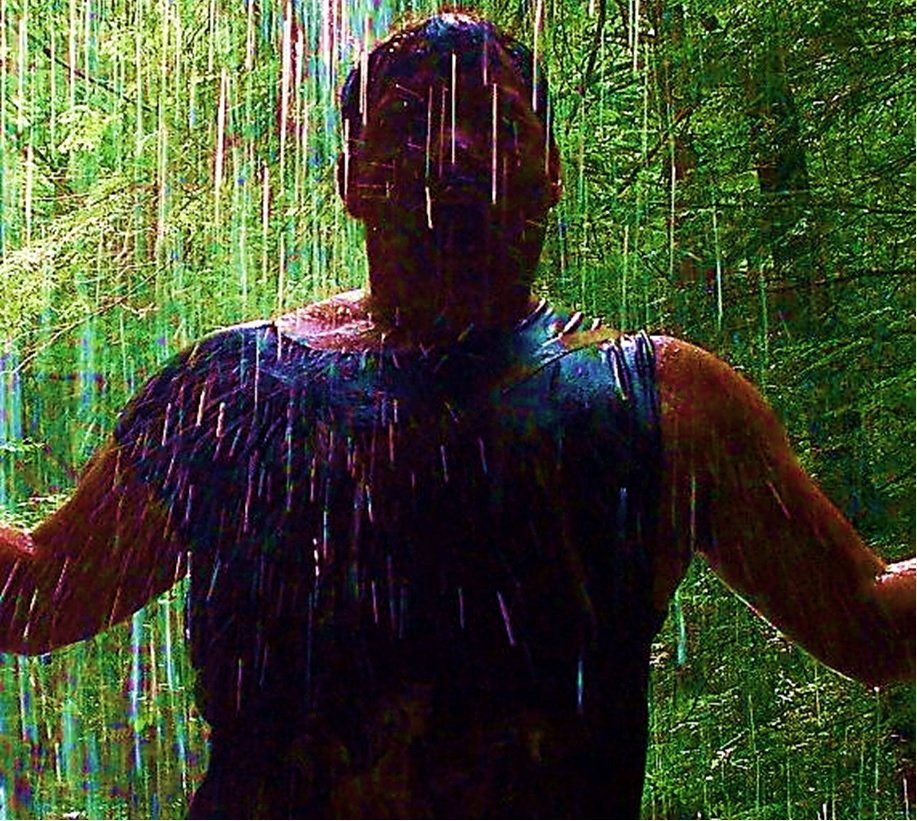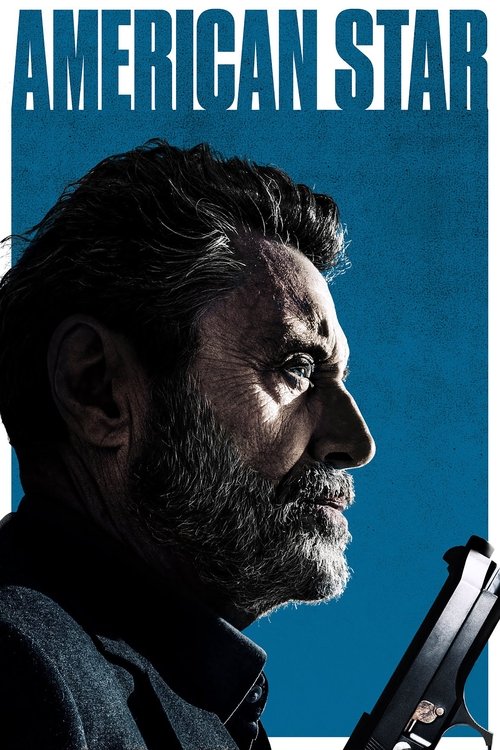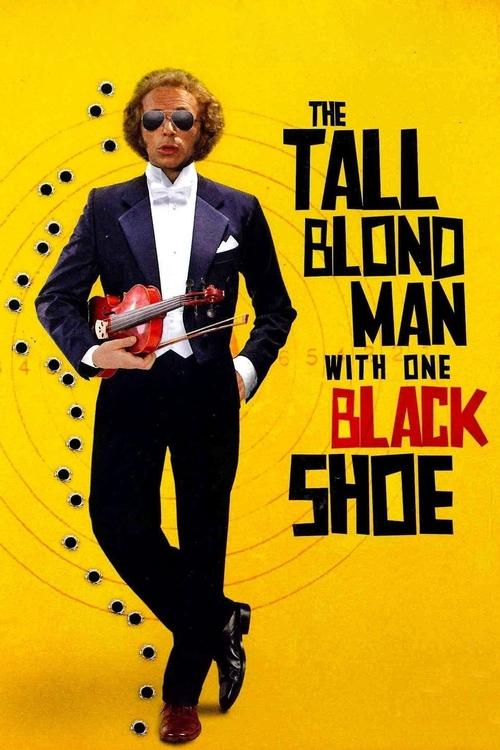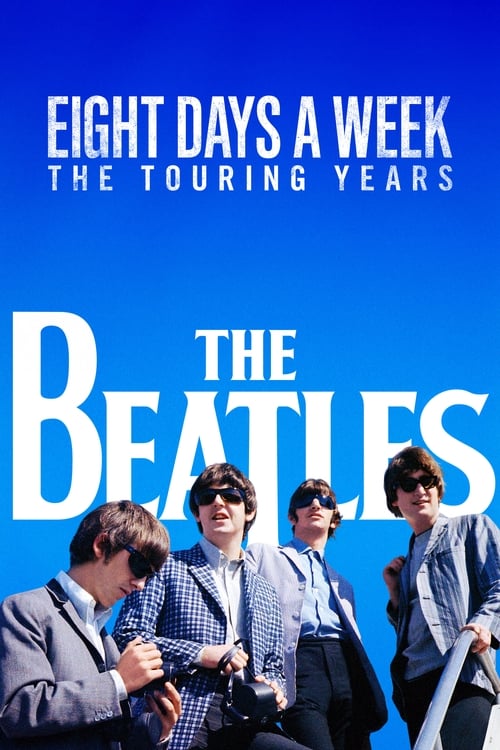
2013
Gold
Adventure, Drama, Western
6.0
User Score
60 Votes
Status
Released
Language
de
Budget
$0
Production
Schramm Film, Red Cedar Films
Overview
Canada, the summer of 1898. A group of German settlers travel towards the far north in covered wagons with packhorses and their few possessions in tow. The seven travellers set off from Ashcroft, the final railway station. Along with their leader, flamboyant businessman Wilhelm Laser, they are hoping to find their fortune in the recently discovered goldfields of Dawson, but they have no idea of the stresses and dangers which lie ahead on their 2,500 kilometre journey. Before long uncertainty, cold weather and exhaustion begin to take their toll and conflicts escalate. The journey leads these men and women deeper and deeper into a menacing wilderness. (Berlinale.de)
Review

Wuchak
7.0
Gritty hardships of traveling in the Far North during the Klondike Gold Rush
RELEASED IN 2013 and written & directed by Thomas Arslan, "Gold” covers events in 1898 when a single woman (Nina Hoss) joins a small group of other prospectors heading north through Canada to the Klondike gold fields near Dawson City. Their numbers dwindle as they face challenging hardships.
My title blurb says it all. Just as “Meek’s Cutoff” (2010) covered the adversities of traveling in the late 1800s on an alternative route of the Oregon Trail and “The Homesman” (2014) covered journeying from western Nebraska to Iowa, so “Gold” features the challenges of traveling from Ashcroft, BC, where the train tracks end, to Dawson City in the Yukon territories.
Needless to say, “Gold” favors gritty realism to conventional Western staples. Still, there are Indians, Old West boom towns, covered wagons, a possible hanging, alcohol and a believable shootout. I think it’s a little more compelling than those other two flicks, although those are worthwhile too if you favor mundane accounts of arduous travel in the Old West. If you’d like to see a more eventful old-fashioned Western covering similar terrain, check out “The Far Country” (1954) with Jimmy Stewart.
I suppose the movie should've contained at least one rain sequence, particularly considering it takes place in the Great Northwest. But shooting in the rain is challenging & costly so the viewer is asked to read in-between-the-lines that they experienced rainy days. The film never shows any of the characters 'going to the bathroom' either, but we're to assume it happened.
A German/Canadian production, THE MOVIE RUNS 1 hour 41 minutes and was shot in British Columbia, Canada. At least half the dialogue is in German with English subtitles.
GRADE: B
Read More 



